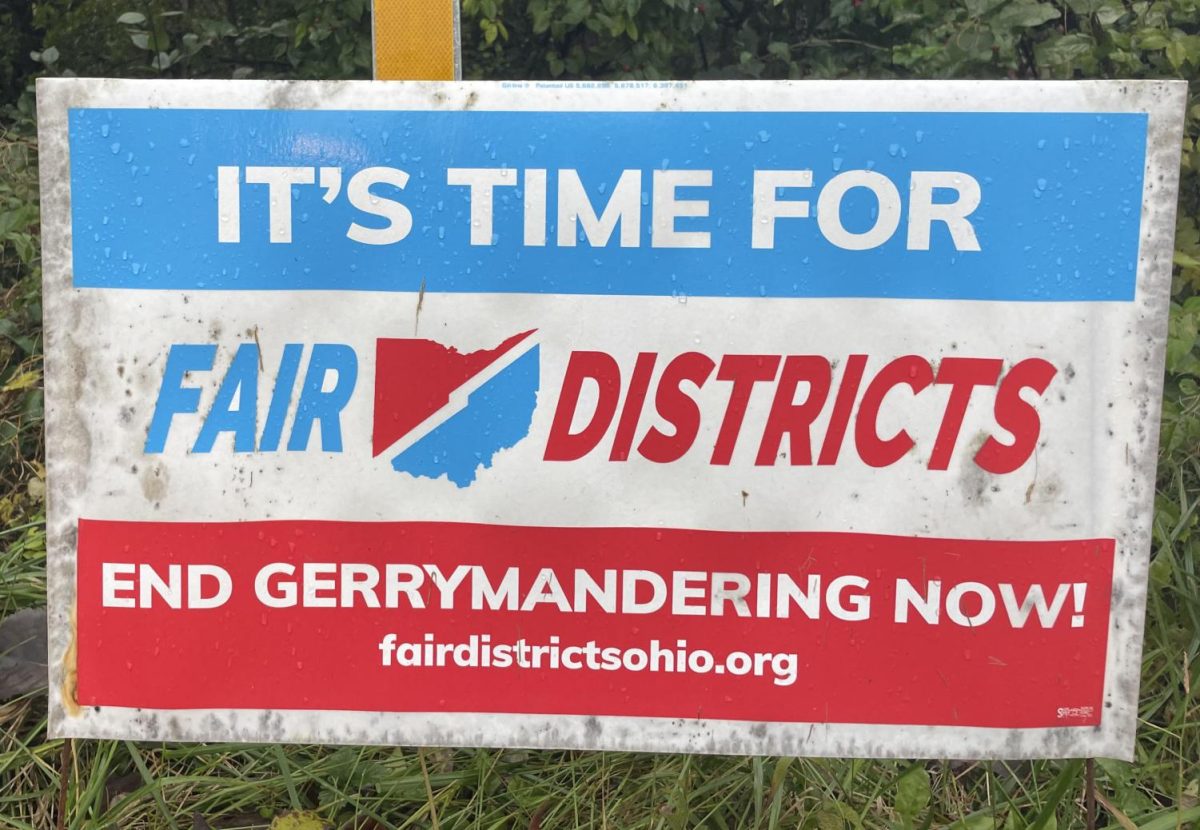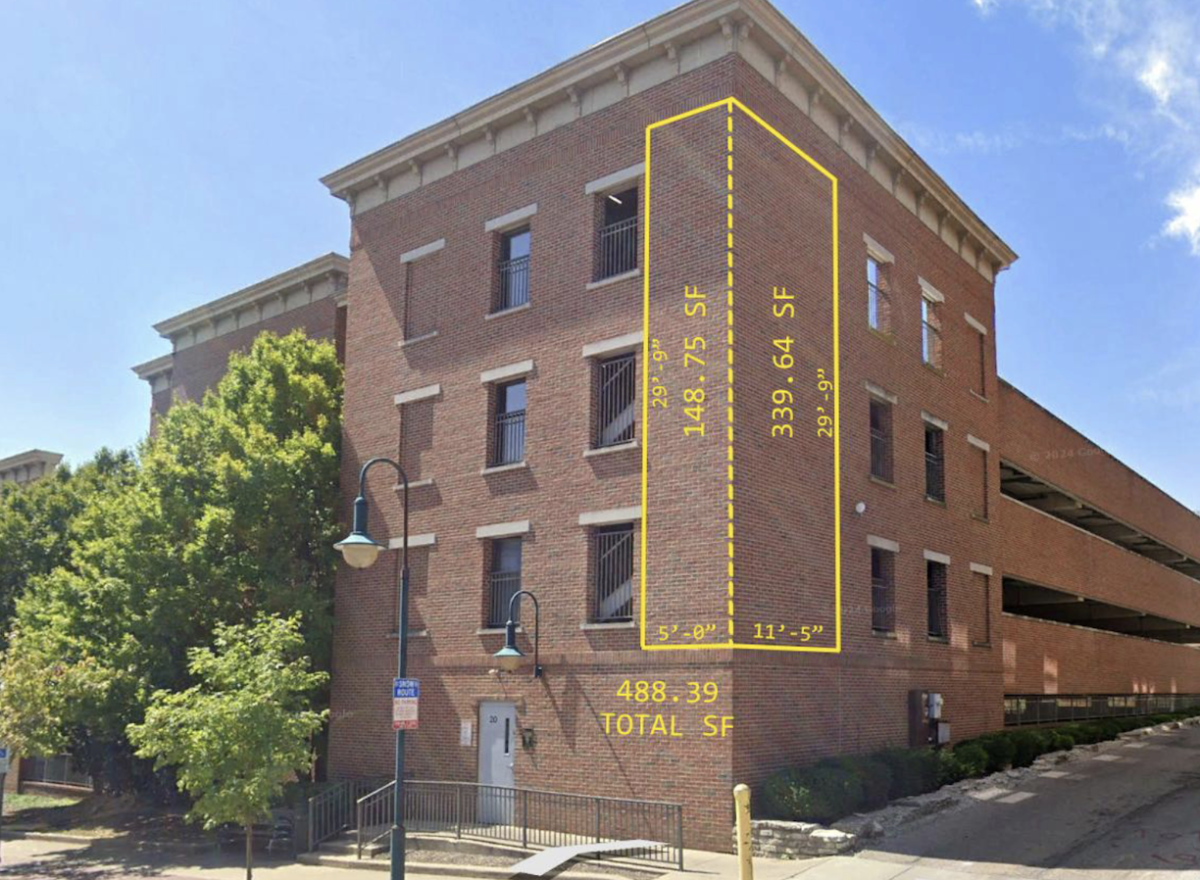Ohio misses self-imposed deadline to redistrict election maps
Fair District signs, urging non-partisan election maps, such as this one on the corner of Chestnut and Oxford-Reily Roads, can be found on lawns and roadsides throughout the area.
October 29, 2021
The Ohio Redistricting Commission (ORC) will blow by an Oct. 31 deadline for it to pass new congressional maps. Now, the Ohio Legislature must pass new maps before Nov. 30.
Due to citizen-led ballot initiatives passed in 2015 and 2018 meant to prevent gerrymandering, which is the drawing of districts to favor a certain group or party, the redistricting process has several steps.
The Ohio Legislature had the chance to pass maps by Sept. 30, but could not come to a bipartisan agreement. The ORC then had the chance to pass maps that would have been in place for 10 years. They would have needed to have two public meetings and pass maps with the support of at least four members, including both democrats.

The commission is made up of Gov. Mike DeWine, Secretary of State Frank LaRose, Auditor Keith Faber, Speaker of the House Robert Cupp, House Minority Leader Emilia Sykes, Senate President Matt Huffman and Senator Vernon Sykes. The members met Thursday, Oct. 28, for the first time, so they will not meet their Oct. 31 deadline.
The Ohio Legislature will pass new congressional maps by Nov. 30. If they are passed with at least 60% support in each chamber, including one-third of the Democrats (the minority party,) they will be good for 10 years. There are 35 Democratic members in the Ohio Legislature, so 12 of those members will need to support the maps. Gov. DeWine can veto the maps.
However, if the maps created by the legislature pass with just 50% support from each chamber, or without bipartisan support, then the maps would only last for four years. After that time, the groups would meet again to create a map that would last for six years.
According to the citizen-led initiatives, if the legislature passes four-year congressional maps, it must provide a statement with an explanation of how the maps do not favor a specific party, do not split communities and attempt compactly-shaped districts.
Citizens can have discussions with their legislators about what they would like to see from the revised congressional maps. They can also get involved with Fair Districts or All on the Line. These two groups are active nationwide and include groups working out of Ohio, and they work to lobby the legislature for what they believe are good maps that represent the people of Ohio.














